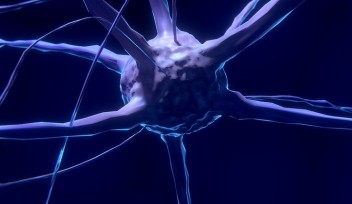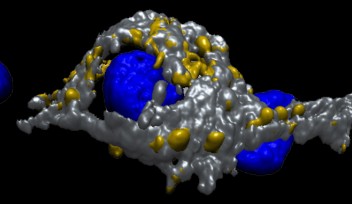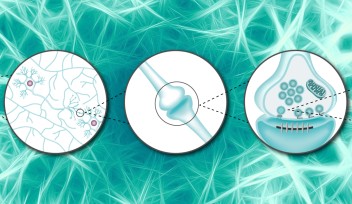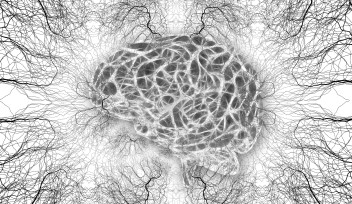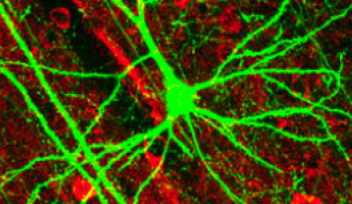Half a century of dedication to exploring the secrets of synapses

How can you best contribute to human welfare? Professor Tomoyuki Takahashi, head of the Cellular & Molecular Synaptic Function Unit at the Okinawa Institute of Science and Technology (OIST), has a simple answer: “You find your passion and use it to benefit as many people as possible.” The unit is closing on 31 March 2024 when Professor Takahashi retires.
“I was always fascinated by how the brain works, and how it stops working,” he explains. As a medical undergraduate student, he would visit psychiatric hospitals, where the situation was very different from today. “One third of the patients recovered spontaneously, another third never recovered, and for the remaining third, they might have recovered thanks to treatment.”
After he obtained medical license, he was faced with the decision of whether to work in a clinic or in a lab. Considering his own personal character and ability – the job as a neuropsychiatric clinician requires a strong patience – he chose the lab, working towards a deeper understanding of brain function with the goal of contributing to future brain disease therapy.
Now, more than fifty years later, he is leaving the field with several methodological innovations and experimental findings that have helped advance our understanding of the role of synapses across brain functions. His final project may very well leave us with a lead that could make his concrete efforts to help future patients come full circle.

From patch-clamp to synaptic proteins
Professor Takahashi’s niche has always been neuroscience, with a focus on synapses. These are the key junctions at which information is transferred across neurons and into neuronal circuits in the brain, but their functional mechanisms remain largely elusive because of their small size and poor accessibility, being embedded deep within brain tissue.
Prior to the development of the patch-clamp technique in the late 70’s and early 80’s, studying mammalian brain mechanisms at a single-neuron level was extremely difficult, which was a major hurdle in researching brain function and dysfunction. The patch-clamp technique is characterized by forming a tight seal, or patch, between the cell membrane of neurons and the tip of a glass pipette, thereby precisely controlling, or clamping, the electrical potential difference across the cell membrane. In this way, researchers could accurately monitor the electrical properties in single cells at a very high resolution. In the late 70’s, Professor Takahashi developed a method for getting microelectrode recordings from neurons in thin slices from rat spinal cords, and in the late 80’s, together with his collaborators, he introduced patch-clamp techniques into the slice preparation, enabling stable and well-controlled recordings. The slice-patch-clamp method has since been established as a gold standard for studying brain functions at a cellular level.
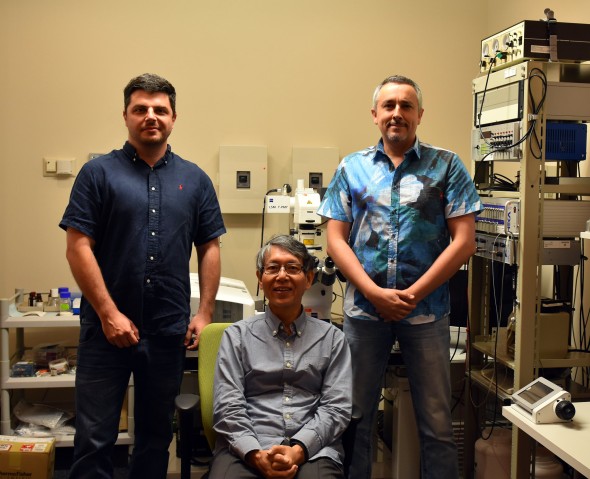
In the 90’s, Professor Takahashi's extended the method to the calyx of Held, and pioneered the exploration of the presynaptic terminals, which is where vesicles of neurotransmitters – the basic units of communication between neurons – are released. The calyx of Held is a giant relay synapse in the auditory brainstem that plays a role in sound localization. Together with his collaborators inside and outside of OIST, he managed to visualize this giant presynaptic terminal in slice and cell culture models, which helps elucidate basic synaptic functions like neurotransmission and synaptic plasticity, the synapse’s ability to adapt and change.
Enabled by experimental model synapses, he and his collaborators have made headway into characterizing the functional roles of synaptic proteins, and revealing key target proteins in neurodegenerative disease such as Parkinson’s disease (PD) or Alzheimer’s disease (AD) – specifically, the pathogenic proteins tau and alpha-synuclein in soluble form. In the presynaptic terminals, vesicles filled with neurotransmitters must be supplied to release sites through endocytosis and vesicle recycling to maintain neurotransmission. Soluble tau or alpha-synuclein causes microtubules to over-assemble, and these bind and trap dynamin, a key player in vesicle endocytosis, which impairs neurotransmission in brain regions involved in memory formation (in AD) or motor controls (in PD). These findings could help designing therapeutic reagents against AD or/and PD. “I strongly feel that we have established a viable therapeutic platform,” as Professor Takahashi says. “This could enable therapeutic tools to be designed and tested with the goal of developing reagents that can rescue human neuronal function.”

Across disciplines and the tennis net
In the pursuit of scientific excellence, Professor Takahashi has discovered a parallel passion on the tennis court, where he not only maintains his physical and mental fitness but also hones his research activity. For example, “in tennis, you must work to increase the time you have available to plan where to return the ball. Likewise, prior to experiments, you must make time for yourself to prepare the experimental design in order to acquire a clear-cut answer to your specific question.”
No matter where or into which discipline Professor Takahashi went, he kept a sharp focus on what interested him at heart – synapses. Though it was challenging at times to navigate between biophysics, pharmacology and molecular biology, the disparate fields came together in the exploration of the mysteries of synaptic function. And that also informs his advice to early-career scientists: “Focus on finding a big question, which feels the most interesting and important to you, early on. Then, try to get answers directly from nature, not from textbooks or literature. Fully digest and appreciate your experimental results and design your next step accordingly, for which you might need to develop new experimental methods over pre-existing methods to gain answer to your question. That could give you the chance to make a great discovery.”
Though his unit is closing on 31 March, Professor Takahashi will still be working on the finishing touches on the paper detailing his and his team’s finding regarding the soluble tau and alpha-synuclein proteins, as a final salute to his field. Even after, he won’t be far away from neuroscience, as he’s moving back to Kyotanabe, close to the Doshisha University campus, where he intends to continue discussions with researchers in the field.
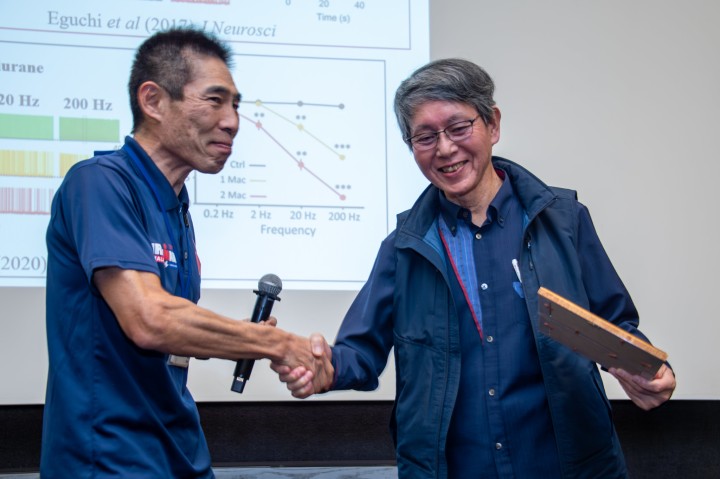
Specialties
Research Unit
For press enquiries:
Press Inquiry Form










